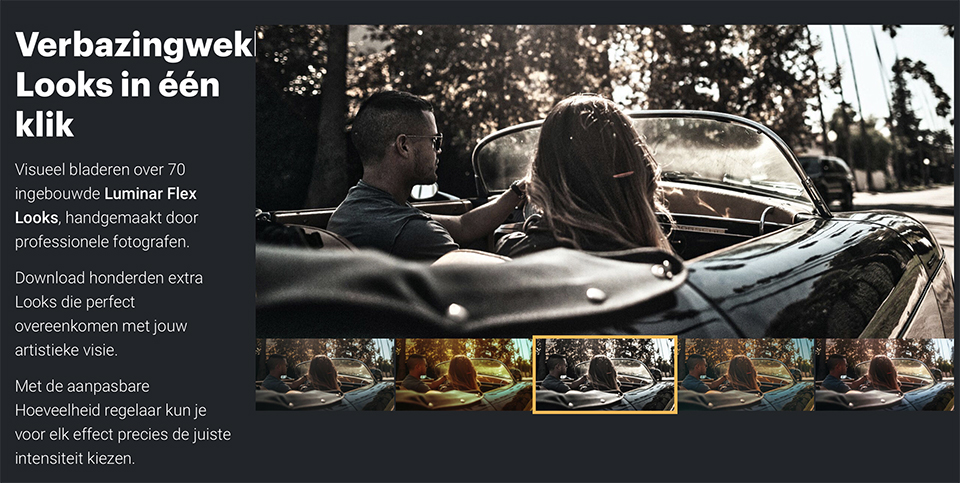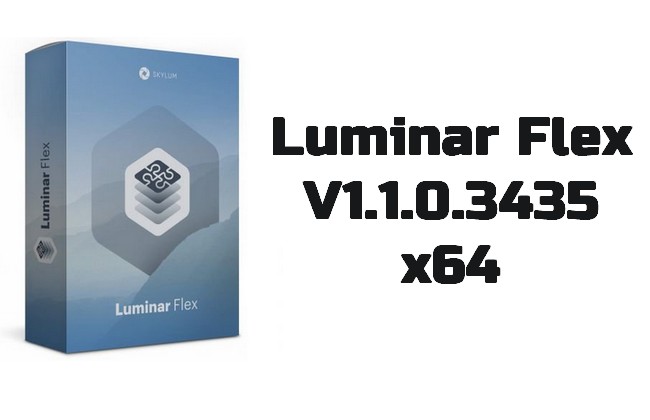

From the pop-up menu choose: Edit In > Open as Smart Object in Photoshop

Because Luminar Flex supports Photoshop’s smart objects properly, if you apply it as a filter to a smart layer - you can go back in and re-edit your settings at any time in Photoshop. This is one of the advantages of Luminar Flex over the standard version of Luminar, when used as a plug-in. If you send the picture to Photoshop first, and you send it as a smart object, you can maintain not only the edibility of your Luminar edits, but also the camera raw edits. More importantly though, you loose the ability to re-edit your image. If you launch Luminar Flex directly from Lightroom, you will save a step, and it is certainly a little less work, but doing this loses you a degree of flexibility. Why use photoshop? Why not just launch it directly? In this post I’ll explain why, and what the steps are that you should use if you want to work this way too. However, personally I use a bit of a roundabout method, by sending the image to Photoshop first.

If you are using Luminar flex as a plug-in for Lightroom, then there are lots of different ways to activate it.


 0 kommentar(er)
0 kommentar(er)
